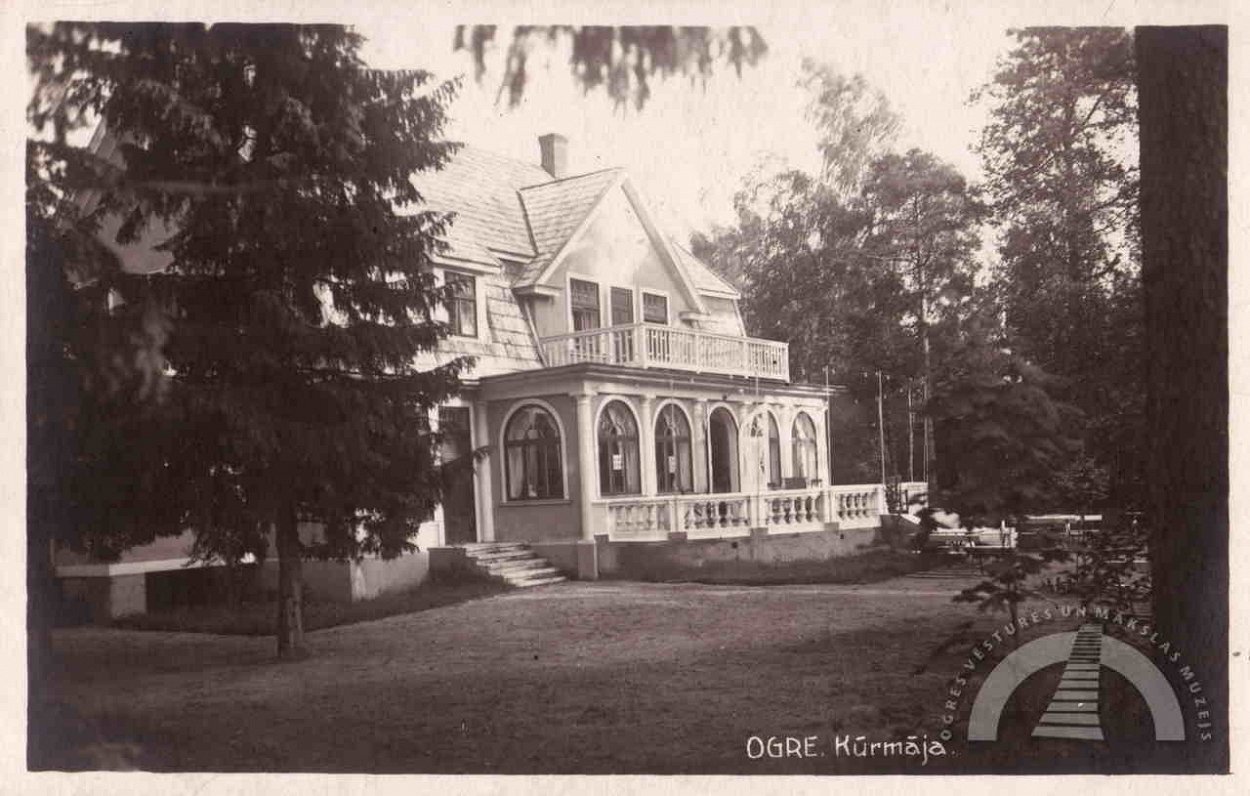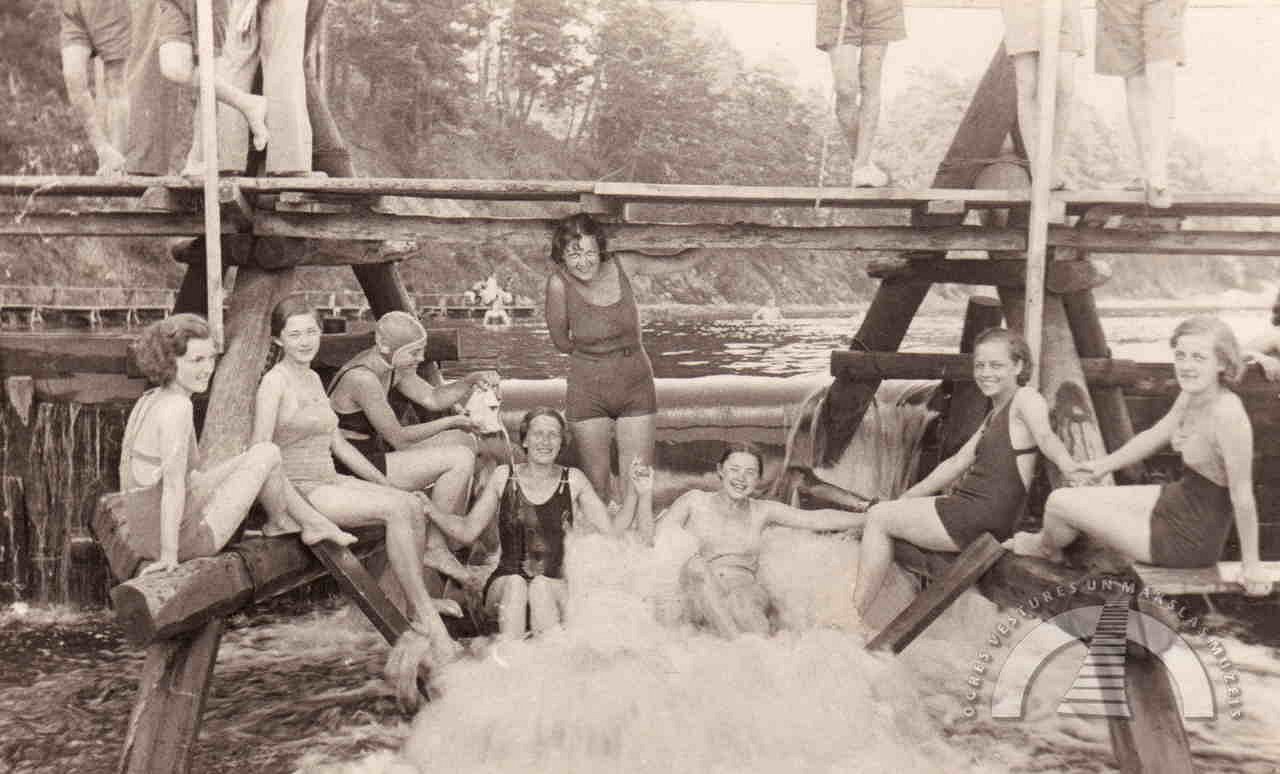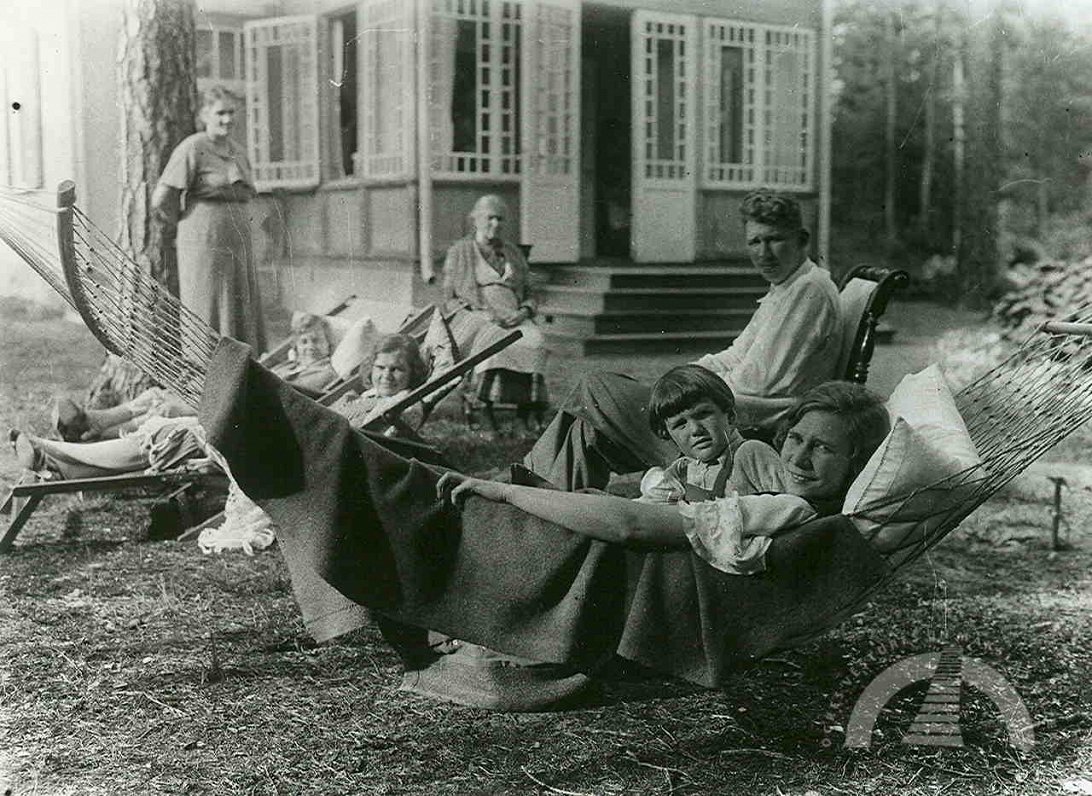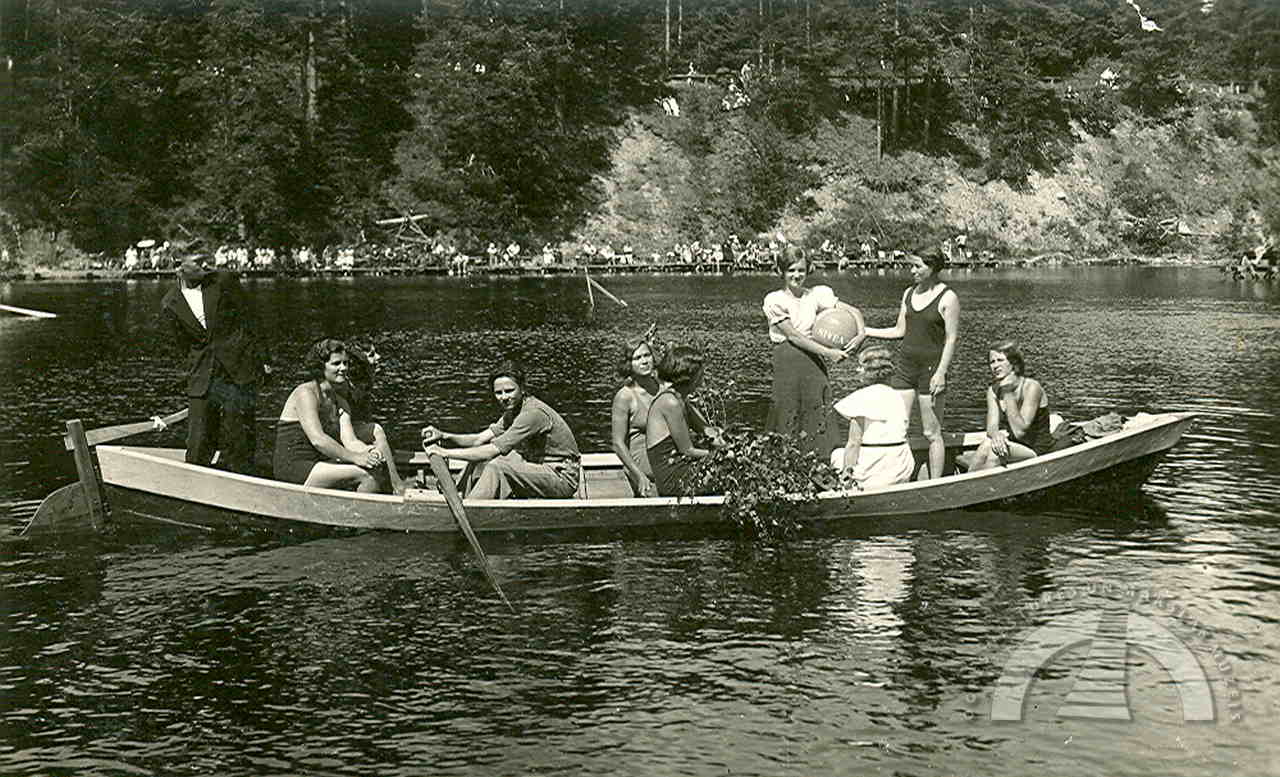While its location on the River Daugava and the main line from Rīga to Daugavpils is obvious, less well-known is the fact that despite being a long way from the sea, it was once a resort town to rival the better-known Jūrmala.
The origins of Ogre resort can be traced back to the second half of the 19th century, when it was known by its German name, 'Oger'.
Since the opening of the Riga-Dinaburg railway line in 1861, the peasant settlement of the Ikšķile estate at the Ogre estuary in the Daugava began to become a favorite recreation spot for wealthy residents of Riga while remaining quickly accessible from the Livonian regional metropolis.

They were attracted by the particularly picturesque landscape with gentle hills, pine forests, and the almost Alpine feel of the swift Ogre River, which flows into the mighty Daugava.
From 1874, the construction of summer cottages began after farms were divided into construction plots and vacationers began to arrive, sometimes in order to spend the entire summer out of the big city.
In 1884, summer residents founded the Ogerpark Kolonie. Regulations on the use of the territory were issued, which determined that Ogre Park should forever be preserved as a park, a quiet place of rest, where fences pubs, restaurants, and other commercial places of trade could not be erected, while the ancient trees were only allowed to be cut only with special permission.
A special point of the rules stipulated that cats could not be kept.
The administration carried out various improvement works, creating streets instead of forest paths, arranged a swimming pool, a cycleway, and built wooden footbridges over the Ogre River. The members of the cooperative organized concerts, theater performances, dance evenings, and choir singing.
By 1914, there were already more than 300 summer houses in Ogre. The successful development of the resort was interrupted by the First World War, when massive bombing almost wiped the town off the face of the earth. However after intensive renovation works, Ogre experienced a boom in the newly independent Latvia as an air and swimming resort in the 1930s.

Thanks to the beautiful nature, healthy climate and ambitious activity of the city council, Ogre became a favorite place for rest and recovery in both summer and winter seasons.
In 1928, Ogre got city rights, and at that time already had 90 streets and avenues, as well as several fully landscaped parks. In keeping with its rising fortunes, holiday cottages and villas got grander, with many designed by famous architects of the era including Teodors Hermanovskis, Vladimirs Šervinskis, Indriķis Blakenburgs and Eižens Laube.

Ogre became a favorite resting place of the Latvian intelligentsia. Many well-known artists, actors, writers, lawyers, scientists and civil servants spent their summers there with actress Elvīra Bramberga, painters Uga Skulme and Leo Svemps, educator Natālija Draudziņa, opera singers Vera Krampe and Jānis Niedra, writer Pāvils Vīlips, philologist Eduards Ozoliņš, and sculptor Kārlis Zāle among the fashionable vacationers.


























